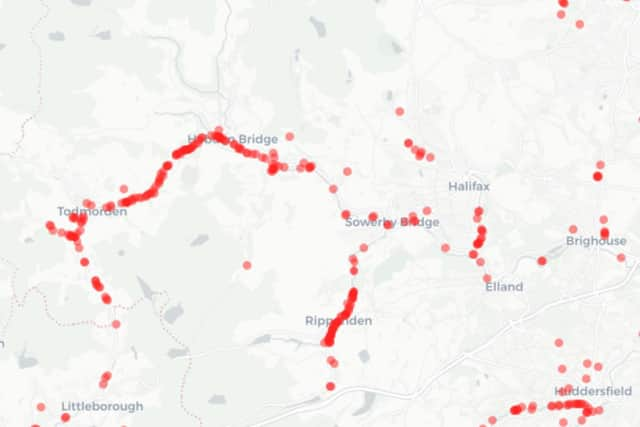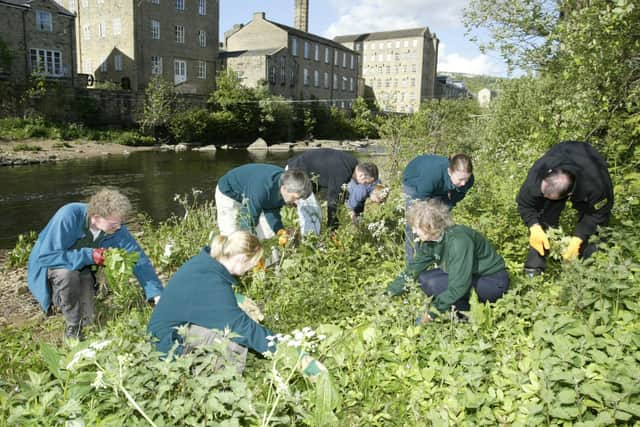Map shows Japanese knotweed hotspots in Halifax, Hebden Bridge, Todmorden and Brighouse
and live on Freeview channel 276
Homeowners in Calderdale can check if their property is near to any Japanese knotweed hotspots thanks to an interactive map.
It’s believed that Japanese knotweed was originally imported into the UK from Japan back in the nineteenth century, when engineers thought it would stabilise and beautify railway embankments.


Advertisement
Hide AdAdvertisement
Hide AdIt has since spread across the UK, with more than 29,500 confirmed cases growing in number each year.
Horticulture Magazine has created an interactive map to show how many confirmed cases of Japanese Knotweed in different areas of the UK.
In Calderdale there are dozens of confirmed cases of Japanese knotweed.
Following Burnley Road from Mytholmroyd to Todmorden the map shows a high concentration of confirmed cases.


Advertisement
Hide AdAdvertisement
Hide AdThere are also several near Salterhebble that can be seen on the map.
Japanese knotweed is typically spread accidentally through the movement of soil or gardening waste, or via rivers and streams when pieces of rhizome break off and take hold in new locations.
Analysis of the 29,536 confirmed cases in the UK also show that West Yorkshire had a total of 1,762 confirmed cases over the last five years, which is a +52.82 per cent change.
